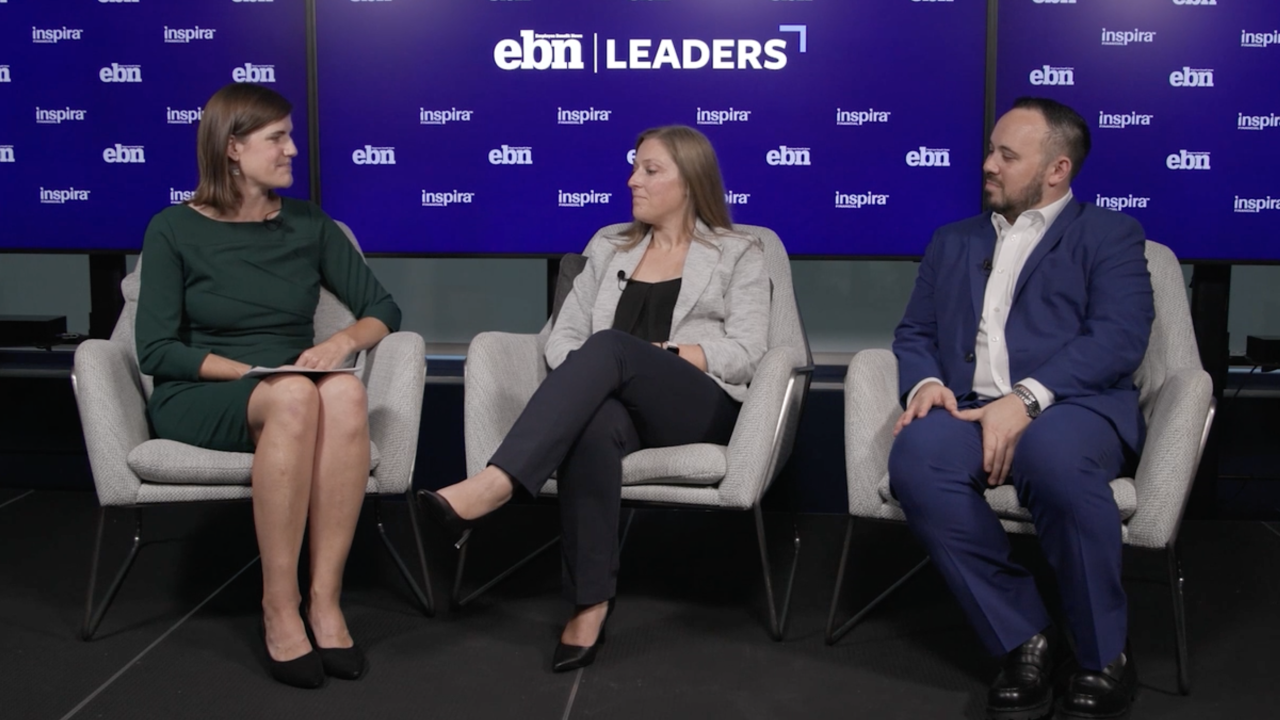Treasury Secretary Janet Yellen said the U.S. can return to full employment in 2022 if it enacts a robust enough coronavirus stimulus package, but otherwise risks a slower rebound in jobs and the economy.
“I’m afraid that the job market is stalling,” she said on CBS’s “Face the Nation,” in one of two Sunday-morning interviews.
Yellen said that low-wage earners, minorities and
Read more:
Without adequate support, it could take until 2025 for the U.S. labor market to recover, Yellen said on CNN’s “State of the Union.”
President Joe Biden’s $1.9 trillion stimulus plan isn’t specifically aimed at job creation, Yellen conceded, but she said that “the spending it will generate will create demand for workers.”
Last week, former Treasury Secretary Larry Summers wrote in a Washington Post op-ed that Biden’s rescue package may be too large and came with “big risks,” including inflation.
Yellen pushed back on his concerns, saying they were small compared to the “scarring” the economy faces by not spending enough now to emerge strongly from the coronavirus pandemic.
If inflation becomes a problem, “I can tell you we have the tools to deal with that risk,” she said, citing her own academic work and experience at the Federal Reserve, where she held various positions over 16 years, including chair.
“As Treasury secretary I have to worry about all of the risks to the economy,” Yellen said.
Biden’s plan has not garnered much support from Republicans, whom he’s promised to work with.
One sticking point is the $1,400 economic impact payments that Biden has promised. The president is negotiating with Congress on how best to target those payments to families who most need the money and are most likely to inject it straight into the economy, according to Yellen.
She said the stimulus must “go to people in households that do need the money, and that is lower-income households. We need an appropriate cutoff.”
Congress cleared a major hurdle last week that will allow Democrats to move an economic relief package without Republican votes — albeit with some limitations about the types of policies they can enact.
The White House and Congressional Democrats are also continuing to engage in talks with some moderate Republicans about the possibility of cutting a bipartisan deal — a goal for Biden who began his presidency on a message of unity.
Ten Republicans — the number needed to join all 50 Senate Democrats to pass a bill — last week proposed a $618 billion stimulus plan, which Democrats have said is wholly inadequate.
Even if Democrats decide on a go-it-alone reconciliation bill, negotiating will be difficult because of the Senate’s razor-thin margin. All 50 Senate Democrats, plus Vice President Kamala Harris as a tiebreaker, will be needed to pass a bill.
Lawmakers are aiming to pass the next stimulus package before expanded unemployment benefits run out on March 14.






